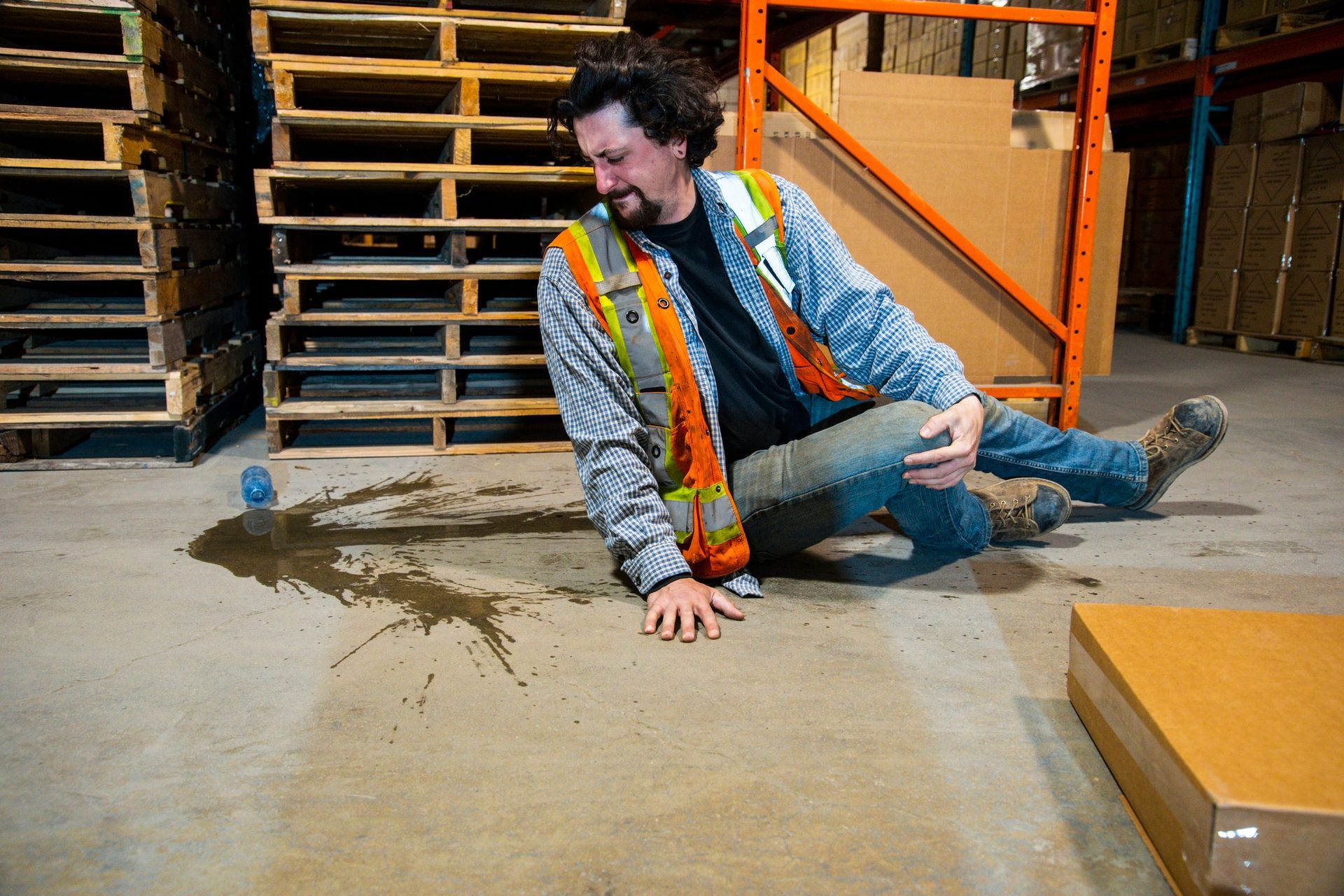Book a free no obligation consultation
MOTHER NATURE'S APRIL FOOLS' PRANK
Out Like a Lion
MOTHER NATURE WREAKS HAVOC ACROSS THE COUNTRY
Remember the old adage “March comes in like a lion and goes out like a lamb?” Not this year. This year March went out and April began with a huge roar: severe thunderstorms, large hail, huge accumulations of snow, heavy rains and flooding, and numerous tornados caused chaos from coast to coast. In Georgia, several tornadoes were recorded, and high winds ripped through communities, leaving a trail of devastation in their wake. As of Thursday, April 4, 2024, a wind advisory and a Special Weather Statement were in effect.
The heavy rains caused flooding and landslides, forcing the closure of some roads. The powerful winds blew utility poles over—some crashing into nearby homes and businesses—causing widespread power outages. Trees snapped and/or were uprooted, falling onto roadways. In these conditions, the safest course of action is to stay home and off the roads. If you do have to be out, follow the safety tips below to avoid an accident.
HEAVY RAINS
It’s harder to control or stop your vehicle on a slick road. Increase your following distance so you’ll have plenty of time to stop for vehicles ahead of you. Also remember that every vehicle handles differently; this is particularly true when driving on wet roads.
Visibility is usually compromised in rainy conditions. Headlights can help. All states have laws requiring the use of headlights in low visibility, and many states require headlights when wipers are in use. Always keep your windshield wipers in good condition, replacing them every 6-12 months.
People often underestimate the power of rushing water. It only takes 12 inches of rushing water to carry away most cars, and just two feet of rushing water can carry away most trucks and SUVs. The CDC reports the most common type of flood-related drowning occurs when a vehicle is driven into hazardous flood water. When you see the road is flooded, or if there are barriers blocking the road, turn around. Turn around, don’t drown!
In addition, try to stay in the middle lane where flooding is less likely. Reduce speed and allow extra space between vehicles. Keep an eye on high profile vehicles such as large trucks and buses during windy conditions. If side winds occur while driving, steer your vehicle gently and slowly in the opposite direction.
HIGH WINDS
Driving in high winds can be particularly challenging. All sorts of debris can land on the roadway and cause accidents, either due to vehicles swerving to miss the object and hitting other vehicles in the process, or due to vehicles hitting the debris. Keep an eye out for flying debris, and use extra caution near trailers, vans or vehicles carrying lightweight cargo. In addition, some cars shouldn't be driven in windy conditions. It's best not to drive a trailer, van or other "high-profile" vehicle (autos with high centers of gravity like SUVs and trucks) in high winds.
TORNADOES
Tornadoes have been recorded across the South, Gulf Coast, and Ohio River Valley, and the National Weather Service has issued numerous Tornado Watches and Tornado Warnings, in addition to Severe Weather Alerts. When storms and severe weather are expected, pay attention to these watches, warnings and alerts. Check the news either on the radio or on your phone. Do not try to outrun a tornado. Look for an underpass that you can park under for temporary shelter. If you can't reach a safe structure, lie down in a ditch or low area. Stay face down to protect yourself from flying debris and cover the back of your head and neck with your hands. Stay alert for flash floods.
THE BOYSCOUT APPROACH: BE PREPARED
Driving in severe weather is not recommended, but sometimes it is necessary. Being prepared will minimize the risks you face. Below are a few ways in which you can prepare your vehicle and yourself to have the safest possible journey:
Replace Worn Wiper Blades.
Check Your Tires.
Check Your Lights.
Inspect Your Brakes.
Maintain Proper Fluid Levels.
Keep Your Battery in Good Shape.
Prepare an Emergency Kit.
CONTACT YOUR PERSONAL INJURY ATTORNEY
If you are involved in an accident, either in a vehicle or as a pedestrian, contact Dave Thomas at The Thomas Law Firm for a free evaluation of your legal rights.
How Can You Get in Touch?
If you want to set up a free, no-obligation consultation, call us at
678-264-8348 or contact us online. We will be happy to meet with you.
Browse Our Website
Contact Information
Phone
Fax
800-358-7082
Address
5901 Peachtree Dunwoody Road, Bld. A, Suite 220, Sandy Springs, GA 30328
Business Hours
- Mon - Fri
- -
- Saturday
- Appointment Only
- Sunday
- Closed
Our Location





